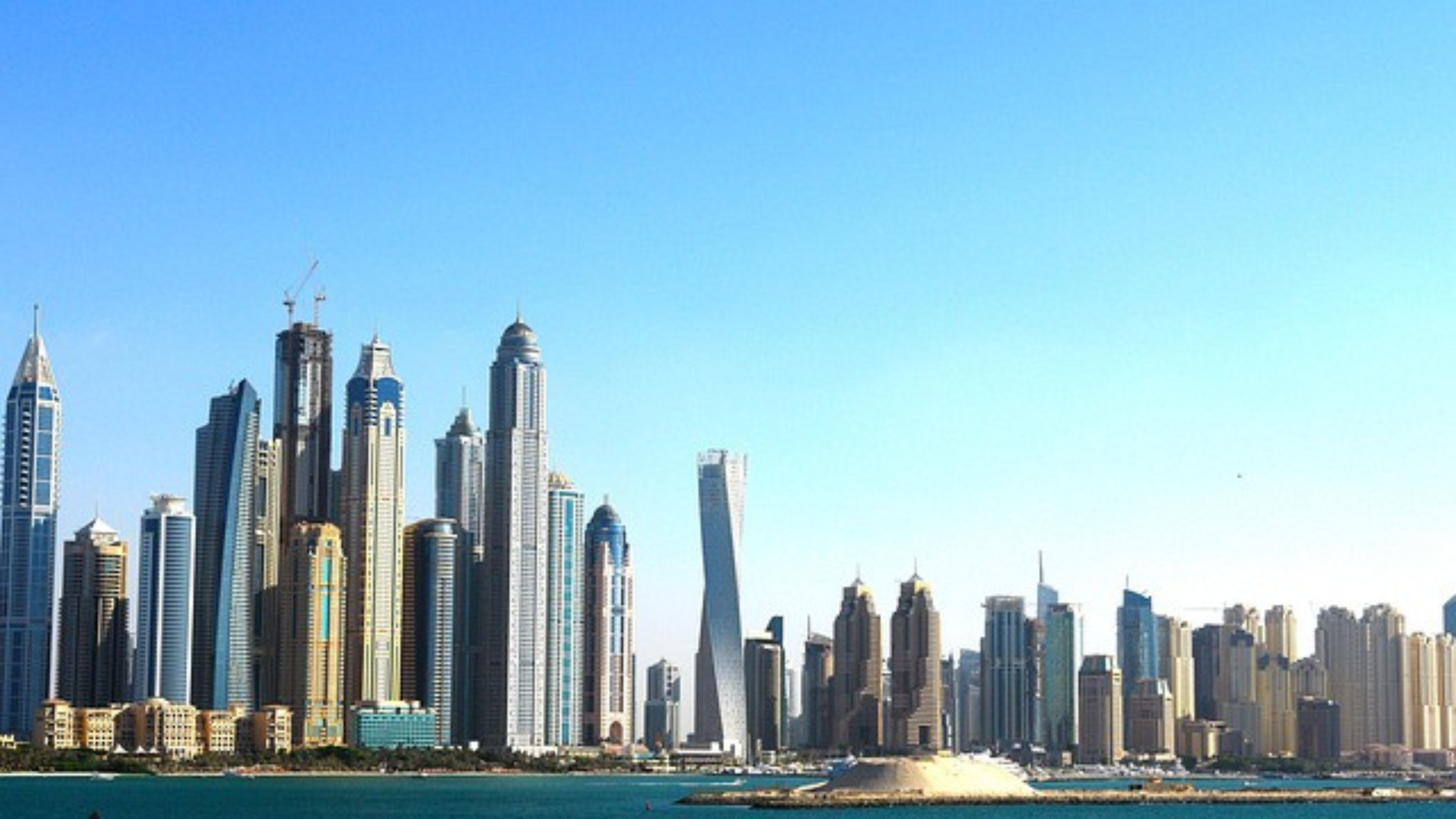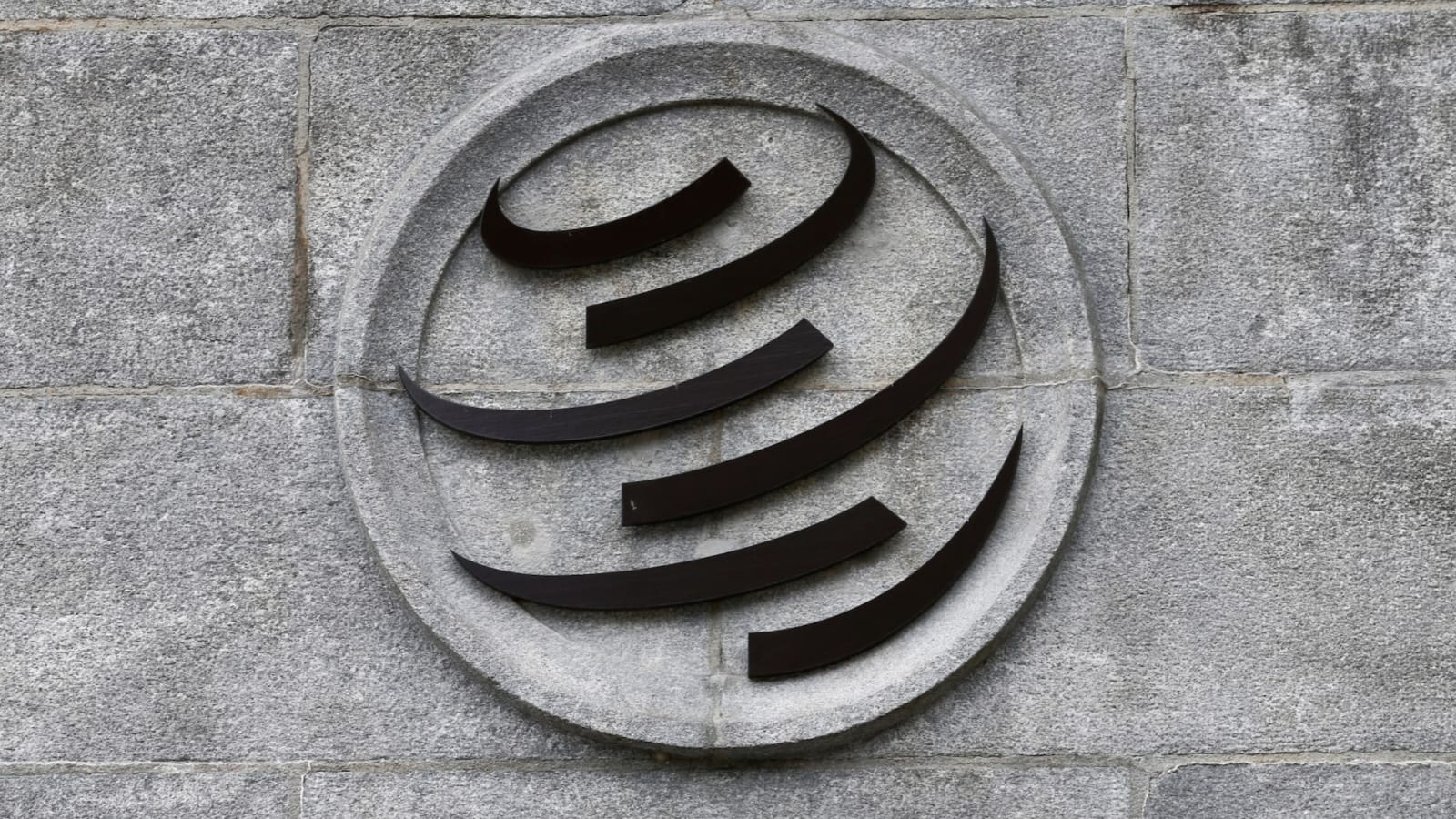Saudi Flights Resume for Iranian Pilgrims After a Decade

After a hiatus of over ten years, a Saudi airline has officially resumed flights for Iranian Hajj pilgrims traveling to the Kingdom of Saudi Arabia. This significant development marks a key milestone in the ongoing thaw between Saudi Arabia and Iran, two influential Middle Eastern powers. The resumption of these flights not only facilitates the spiritual journeys of tens of thousands of Iranian Muslims but also reflects broader diplomatic efforts to restore relations after years of tension.
The Hajj pilgrimage, one of the Five Pillars of Islam, draws millions of Muslims from around the world each year. For many Iranians, performing the Hajj in Mecca is a deeply revered religious obligation. The recent agreement allowing Iranian pilgrims to fly via Saudi Arabia’s Flynas airline highlights a renewed cooperation between the two nations following a decade marked by estrangement.
Background: The Saudi-Iranian Rift and Its Impact on Pilgrimage Flights
The diplomatic rupture between Saudi Arabia and Iran dates back to 2016 when the Saudi embassy in Tehran and its consulate in Mashhad were attacked amidst protests sparked by the execution of Shiite cleric Nimr Al Nimr in Saudi Arabia. This event severely damaged bilateral relations, leading Saudi Arabia to sever diplomatic ties with Iran. As a consequence, Iranian pilgrims faced substantial difficulties traveling to Saudi Arabia for Hajj, with flights either suspended or heavily restricted.
Between 2016 and 2023, Iranian pilgrims were unable to travel on Saudi airlines for Hajj purposes. Instead, the Iranian government arranged chartered flights, and pilgrims were limited in their options. The absence of direct Saudi airline services for Iranian pilgrims highlighted the severity of the diplomatic fallout, severely impacting the ease and accessibility of the pilgrimage for many.
The Resumption of Flynas Flights: A Symbol of Diplomatic Thaw
In March 2023, Saudi Arabia and Iran took a historic step towards reconciliation through a surprise China-brokered agreement that restored diplomatic relations after seven years of hostility. Since then, efforts to normalize ties have accelerated rapidly, culminating in a series of diplomatic exchanges and mutual visits.
As part of this warming relationship, Flynas, a Saudi budget airline, resumed flights for Iranian Hajj pilgrims from Tehran’s Imam Khomeini International Airport in early May 2025. This marked the first time in over a decade that Iranian pilgrims could travel on a Saudi airline for the sacred pilgrimage.
The flights from Tehran are set to be complemented by additional routes from the Iranian city of Mashhad, enabling over 35,000 Iranian pilgrims to travel comfortably and conveniently to Saudi Arabia for Hajj. Despite being operated by a commercial airline, officials have emphasized that these flights are strictly non-commercial and are dedicated exclusively to pilgrims performing Hajj.
Flynas: Bridging the Gap Between Pilgrims and the Holy Sites
Flynas, based in Saudi Arabia, operates both domestic and international routes and is known for its affordable fares and extensive network. The airline’s resumption of flights from Iran represents a significant logistical improvement for Iranian pilgrims, offering them more direct and organized access to Saudi Arabia.
This change is more than a simple transportation update; it is symbolic of a larger geopolitical shift. Allowing Iranian pilgrims to fly directly on Saudi airlines reduces bureaucratic and political hurdles, ensuring a smoother pilgrimage experience for thousands of believers. The arrangement also enhances Saudi Arabia’s ability to manage and facilitate the Hajj more effectively, catering to the large influx of visitors with increased safety and efficiency.
Growing Diplomatic Engagements Between Saudi Arabia and Iran
The restoration of Hajj flights is only one of many recent developments in the relationship between the two regional powers. Following the March 2023 agreement, ambassadors were exchanged, and ministerial visits became more frequent. One of the most notable diplomatic milestones occurred in November 2023, when Ebrahim Raisi, Iran’s president, visited Saudi Arabia for the first time in two decades to attend the Arab-Islamic summit focused on the Gaza conflict.
In addition to political visits, Saudi Arabia and Iran have taken steps to restore commercial and transport ties. Iran Air recommenced flights between Mashhad and Dammam in Saudi Arabia’s Eastern Province in December 2023, further cementing the practical aspects of renewed cooperation.
The warming ties have extended into security discussions as well. In a rare visit, Saudi Defence Minister Prince Khalid Bin Salman traveled to Iran last month, where he met with Supreme Leader Ayatollah Ali Khamenei, signaling a readiness to address mutual regional concerns through dialogue rather than conflict.
The Hajj Pilgrimage: Cultural and Religious Significance
The Hajj pilgrimage is a spiritual journey mandated for all able-bodied Muslims who can afford it, drawing millions of participants to the holy cities of Mecca and Medina annually. For Iranian Muslims, completing the Hajj is an essential religious milestone, and the ability to travel efficiently and safely to Saudi Arabia is of paramount importance.
The resumption of Flynas flights directly connects Iranian pilgrims with the holy sites, enhancing their ability to fulfill their religious obligations with ease. It also strengthens people-to-people ties between the two nations, creating opportunities for cultural exchange and mutual understanding.
Implications for Regional Stability and Cooperation
The resumption of Hajj flights is indicative of the broader regional dynamics shifting towards de-escalation and cooperation. Saudi Arabia and Iran, historically regional rivals, are beginning to explore avenues of peaceful coexistence, recognizing that stability and development are mutually beneficial.
Improved relations could potentially facilitate joint efforts in counterterrorism, economic development, and regional security. The aviation link through Flynas is a tangible representation of this new era, offering a practical benefit to citizens while symbolizing diplomatic progress.
Future Prospects and Challenges
While the reopening of Hajj flights by Flynas is a positive step, challenges remain. Both countries will need to continue building trust, resolving outstanding political issues, and ensuring that logistical arrangements for pilgrim travel are flawless to accommodate the high volume of visitors safely.
Moreover, the broader Middle East landscape remains complex, with many stakeholders and ongoing conflicts. The success of the Saudi-Iranian rapprochement will likely depend on sustained dialogue and cooperation across multiple fronts.
Nonetheless, the restored flights for Iranian pilgrims provide a hopeful sign that cultural and religious ties can serve as bridges for peace, even in politically sensitive environments.
In Summary
The resumption of Flynas flights for Iranian Hajj pilgrims after more than a decade underscores a significant milestone in Saudi-Iranian relations. It highlights a blend of religious, cultural, and political reconciliation and serves the dual purpose of facilitating a sacred journey while advancing diplomatic normalization. This development not only improves pilgrimage logistics but also reflects a broader shift towards regional stability and cooperation.







